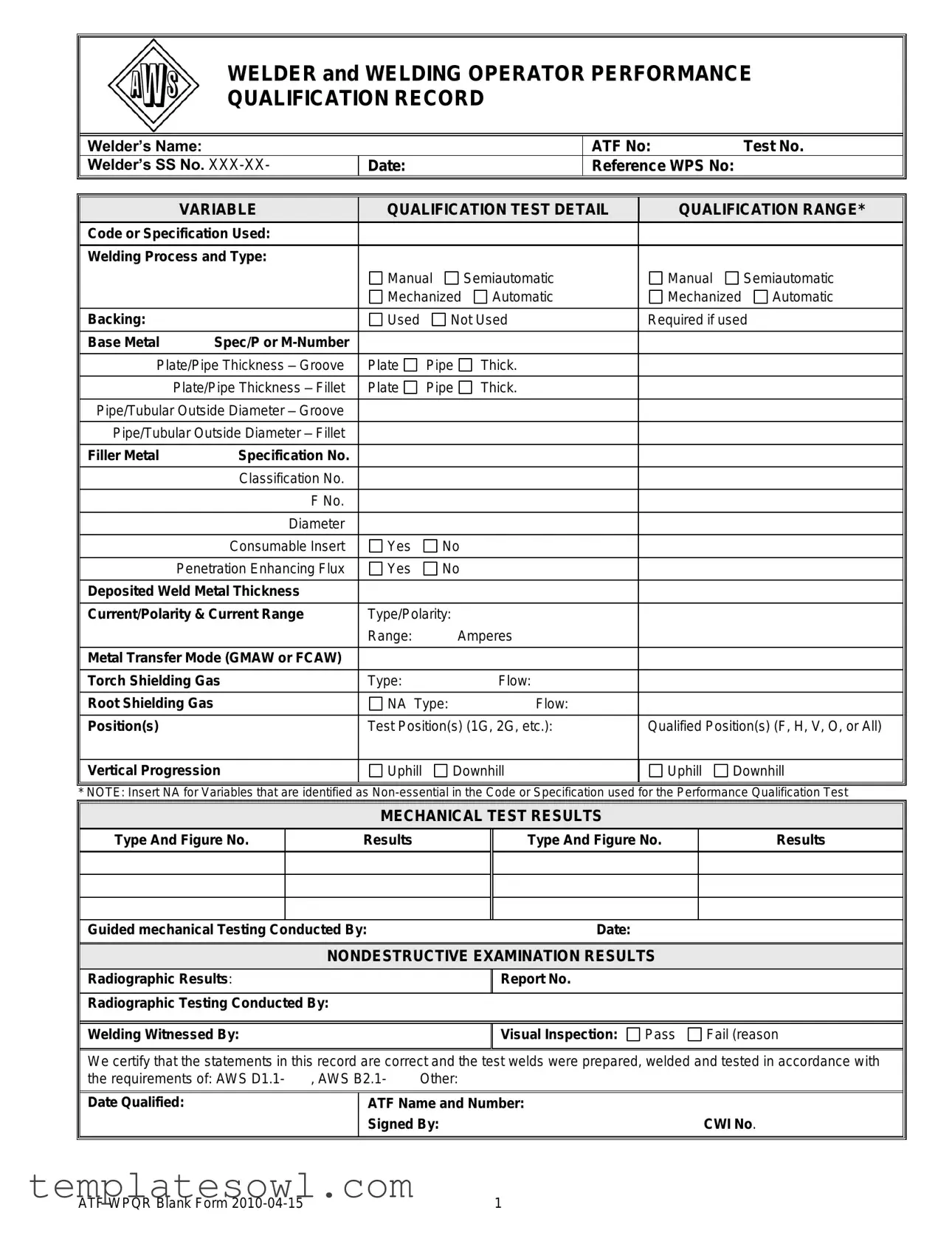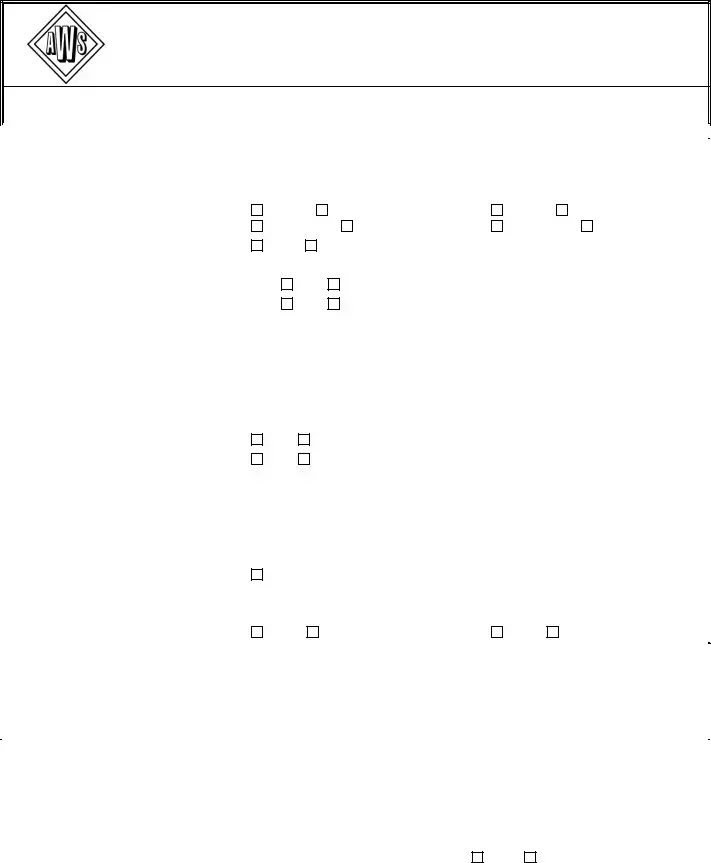What is the Wood Infestation Inspection Report form?
The Wood Infestation Inspection Report form is a document used by pest control professionals to record findings from an inspection of structures for wood-destroying organisms. It details the presence of pests, such as termites or carpenter ants, and any applicable damage. This report is often necessary for real estate transactions or property management purposes.
Who needs to complete the Wood Infestation Inspection Report?
The report must be completed by a licensed pest control inspector or a qualified professional with expertise in identifying wood-destroying organisms. This ensures that the inspection is thorough and the findings are valid for legal or real estate purposes.
Why is a Wood Infestation Inspection important?
A Wood Infestation Inspection is critical because it helps property owners understand the condition of their structures. It identifies potential threats from pests that can cause severe damage if left unaddressed. In real estate transactions, the report provides peace of mind to buyers by revealing the wood’s condition and any necessary treatments.
What happens if wood-destroying organisms are found?
If wood-destroying organisms are detected during the inspection, the report will indicate the type and extent of the infestation. Recommendations for treatment will typically be included, guiding the property owner on the next steps to mitigate damage. Prompt action is usually advised to prevent further deterioration.
How often should a Wood Infestation Inspection be conducted?
It is recommended that property owners conduct a Wood Infestation Inspection at least once a year, especially in areas prone to pest infestations. However, additional inspections may be necessary if there are signs of wood damage or if a property is undergoing significant renovations.
Can I conduct my own inspection?
While homeowners can look for visible signs of pests, a professional inspection is strongly recommended. Trained inspectors have the experience and tools necessary to identify issues that may not be apparent. Relying on a professional reduces the risk of overlooking significant problems.
What information is included in the report?
The report includes details about the inspector's findings, types of pests found, the extent of damage, and any recommendations for treatment. It may also document the conditions of areas inspected, such as moisture levels, which can affect the possibility of infestations.
Is the report legally binding?
The Wood Infestation Inspection Report itself is not a legally binding document, but it is often required as part of legal transactions, such as selling or refinancing a home. Its findings can influence negotiations and should be taken seriously by all parties involved.
What should I do with the report once it's completed?
Once the inspection report is completed, property owners should keep it on record. If selling the property, the report can be shared with potential buyers, providing transparency about the property's condition. If treatment is needed, the report serves as a reference for pest control services.

